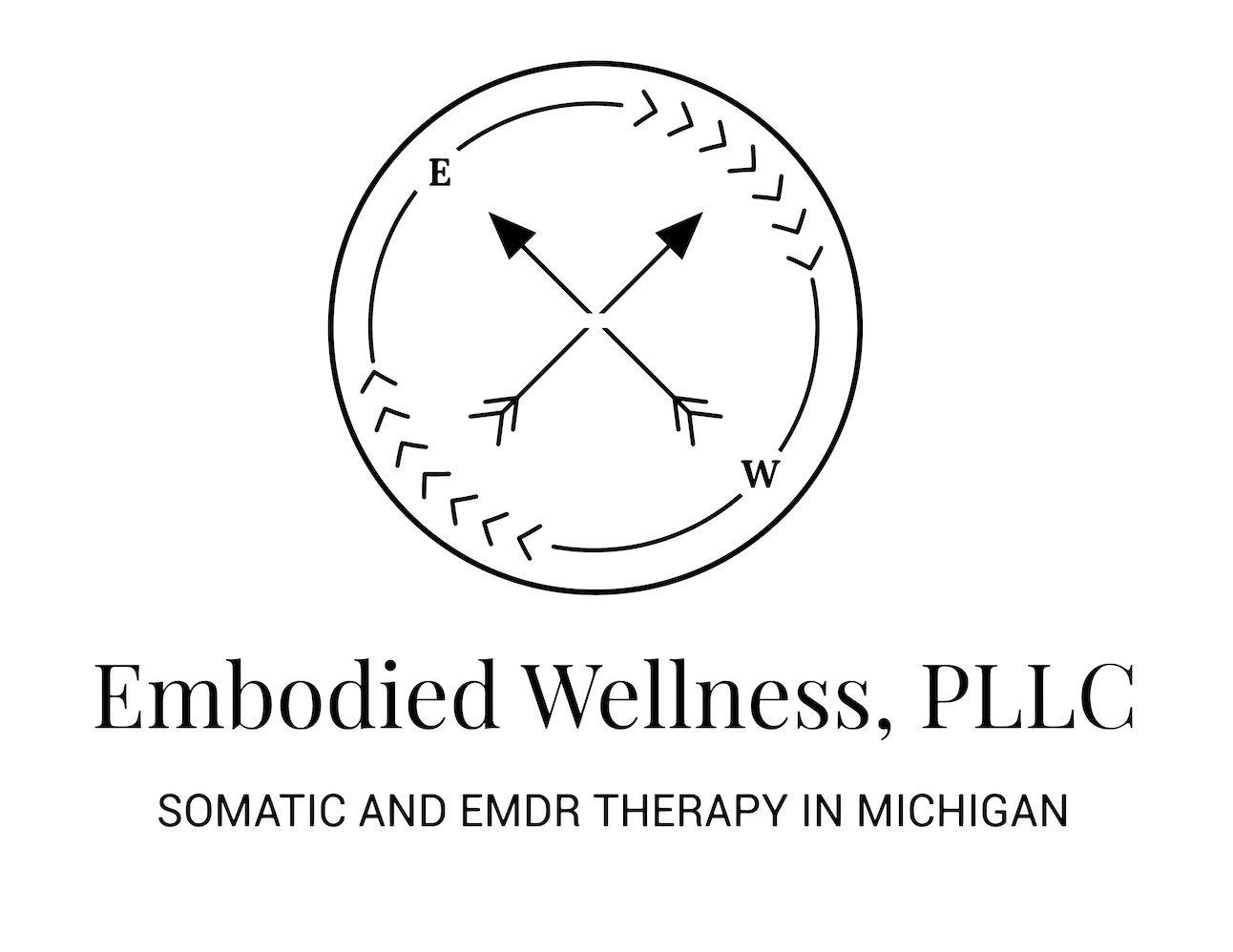Automatic Negative Thoughts (ANTS) and How to Stop Them!
Do you ever wonder, “Why are my thoughts so negative?” Have you noticed that negative thoughts come out of nowhere and it’s difficult for you control them and they affect your self-esteem? In the world of therapy, we call these Automatic Negative Thoughts, or ANTS! If you experience Automatic Negative Thoughts, you are not alone. It’s normal to have negative thoughts from time to time. The average human brain has up to 70,000 thoughts per day so it makes sense that not all of them are positive! Although negative thoughts may lead to worsening mental health, they can help use identify things in our life we need to change and bring awareness to things that may need our attention.
Causes of Negative Thinking:
Stinkin’ Thinkin’ (Cognitive Distortions)
Do you ever jump to conclusions? Try to read other people’s minds? Use the word, “should”? Blame others for your pain? Dwell on the bad and minimize the positive? Label yourself or others? Do you have unrealistic expectations? These are all examples of thought distortions that humans experience on a daily basis. They contribute to negative thoughts, feelings and emotions.
Fear of Uncertanity
When something in our life feels uncertain, it is common to attempt to predict what will happen so we feel less anxious. Unfortunately, these thoughts tend to be more negative as a way to protect ourselves “in case something bad happens.” The belief that we need to know what will happen in the future in order to feel secure creates a recipe for anxiety, frustration and exhaustion.
Embarrassment
Do you ever ruminate about something you did wrong? Maybe the last week, month or even last year? Everyone has things they feel embarrassed or ashamed of, but the more we pay attention to past perceived failures or mistakes, the more negative our thoughts will be.
How to stop negative thoughts:
You can stop negative thoughts by using a cognitive behavioral therapy technique called the 3 C’s! The 3 C’s stands for Catch It! Check It! Change it!
The first step is to catch the negative thinking. Once you do that, you check if it is distorted or accurate. The final stage is to change the thought to something more positive or realistic!
Here are techniques you can use to check if your thoughts are accurate:
What would I tell a friend if they had the same thought?
Ask people questions to find out if your thoughts and attitudes are realistic.
What is the evidence that this thought is true? What is the evidence that this it is not true?
Instead of thinking about your problems in all-or-nothing extremes, evaluate things on a range of 0-100.
Substitue language that is less emotionally loaded when using the word “should.” For example: Intead of saying, “I should go to the gym today” you can say, “I’d really like to go to the gym today.”
When you label yourself as “stupid” or a “loser” ask, “what is the definition of a “loser/stupid?”. Notice that there is no such thing as being stupid or a loser, which will make you feel better!
Challenging and replacing negative thoughts takes time and repetition! This is a part of CBT- Cognitive Behavioral Therapy. Sometimes reading a blog about identifying, challenging and changing negative thoughts is not enough. If you want more support, Embodied Wellness, PLLC has trained therapists who specialize in CBT, DBT and other evidence-based treatments that can help you overcome the thoughts that have taken up too much space in your mind. Schedule your free consultation for online therapy Michigan at www.embodiedwellnesstherapy.com.


